|
Designer Nguyen Quynh Anh |
Hue today Weekend had a conversation with designer Nguyen Quynh Anh, Founder of wedding dress brand Lecia Bridal, Creative Director of HER-ITAGE Project about the journey inspired by embroidery art and the beauty of heritage through the HER-ITAGE project with the aspiration to bring traditional culture into the contemporary flow.
Sharing about the beginning of the story of bringing Vietnamese embroidery heritage to wedding dresses, Quynh Anh excitedly said:
The HER-ITAGE project is a special journey to restructure heritage and at the same time redefine the relationship between women and traditional values. The project name is a subtle combination of “Her” (woman) and “Heritage” (heritage), both honoring modern women and reflecting the appreciation of heritage. In the world of Lecia Bridal, “Her” is a symbol of a modern woman who has a global mindset and maintains a deep connection with cultural roots. HER-ITAGE is not only about preservation but also about integrating Vietnamese embroidery into contemporary life through wedding dress fashion .
|
A design in the collection inspired by Hue royal architecture and motifs |
HER-ITAGE was born from the concern that Vietnamese embroidery heritage is at risk of being lost over time. I believe that the value of a heritage can only be truly maintained when it can go hand in hand with today's life. Therefore, HER-ITAGE wishes to integrate Vietnamese embroidery into contemporary life through wedding dresses - a product that is both symbolic and closely associated with the most important moments of a person's life. Through each stitch, the wearer not only feels the beauty, but also touches the cultural story.
Why did Quynh Anh decide to choose Hue as the first place to tell the story of Vietnamese embroidery heritage through her wedding dress fashion?
Hue is one of the great cradles of Vietnamese handicrafts, especially royal embroidery. But more than that, Hue has its own unique spirit: elegance, tranquility, and depth - this is also the spirit that Lecia wants to convey.
Furthermore, I saw the integrated development but full of original identity when I returned to Hue for tourism this year and interacted with Hue youth. Therefore, Hue is the context that most clearly depicts the project's message about a journey to bring ancient values to live with the times.
Many viewers were impressed by the skillful embroidery techniques recreated in modern language on wedding dresses at the exhibition “HER-ITAGE - restructuring traditional embroidery”. Which traditional embroidery techniques were used and further innovated on that tradition to be able to be fully incorporated into the collection of Vietnamese embroidered wedding dresses?
Traditional embroidery is decoded by Lecia into three core elements: technique, material and rules. From there, Lecia selects some elements to keep intact, while transforming others to suit modern language. For example, instead of using traditional embroidery threads, we have experimented with threads made from laser-cut fabrics, hemp, linen, or changed the embroidery rules from short, even, repetitive stitches to long, irregular, creative stitches.
|
HER-ITAGE is not only about preservation but also about integrating Vietnamese embroidery into contemporary life through wedding dress fashion. |
By reprogramming these three elements combined with other manual techniques such as 3D flower making, applique, laser cutting, embossing, mosaic,... Lecia creates a completely new look based on the core of traditional embroidery. One of the keywords that creates the aesthetic that Lecia aims for is "simplicity". After the transformation process, the details will be placed delicately and just enough close together so that the viewer feels interesting, but still close. Because the ultimate goal is to spread Vietnamese embroidery to the masses, not just for a small group, thereby both preserving traditional values and being suitable for modern life.
In the wedding dress collection displayed at the exhibition, many motifs were inspired by Hue royal architecture and motifs. To bring these motifs to the wedding dresses, Quynh Anh and her colleagues must have spent a lot of time researching and designing?
In the collection, some designs are inspired by Hue architecture and motifs. The biggest challenge is to ensure the originality and authenticity, not to arbitrarily change these elements. The challenge is to reconcile traditional elements with the language of global aesthetics, because Lecia serves both domestic and international customers. This process requires meticulousness, careful research and creativity to both maintain the spirit of the culture and create sophisticated, modern and accessible fashion designs.
Can Quynh Anh share a memorable memory in the journey of bringing Vietnamese embroidery "heritage" to wedding dress fashion?
One memory that I will always remember is the Mini Show on the Hueritage Royal Boat in Hue. While the event was taking place, it suddenly started to rain. Normally, rain is always the biggest concern for outdoor events, but that day the rain became a special moment. The rain covered the space with a poetic beauty of Hue - both romantic and quiet. That moment not only brought an unforgettable experience to the guests, but also became a memory for the whole crew.
According to Quynh Anh, has the journey of bringing Vietnamese embroidery out of the framework of preservation and into contemporary life been successful up to this point?
Up to now, I still cannot say I am satisfied, because this is just the beginning of a long journey. Bringing Vietnamese embroidery into contemporary life cannot be measured in a few collections, but needs many more journeys to truly prove its value. What I want most is for the project to continue to receive companionship and support, so that the quintessence of Vietnamese craftsmanship can be widely spread, and so that Vietnamese people can proudly choose products "Created and Crafted in Vietnam" - products with creative and cultural values, instead of stopping at "Made in Vietnam".
In the future, I envision that Vietnamese embroidery products will become Lecia's signature in the international market. Not just stopping at wedding dresses, I hope to build more new collections, expand the stage beyond borders, to spread the beauty of Vietnamese heritage under a contemporary, simplified appearance but still maintaining depth and identity.
Thanks Quynh Anh!
“It takes 3-5 months, sometimes even a year to embroider a wedding dress depending on the amount of embroidery details on it. In the wedding dresses in this first collection, we have to combine hand embroidery and hand embroidery techniques with layered embroidery to make the embroidery patterns look as vivid as 3D images, which means we have to combine traditional and modern embroidery. This is creative and requires meticulousness and ingenuity in embroidery on wedding dresses, which as far as I know, no other place can do.” Embroidery artist Phung Thi Vui |
Source: https://huengaynay.vn/van-hoa-nghe-thuat/ke-chuyen-di-san-theu-viet-158900.html



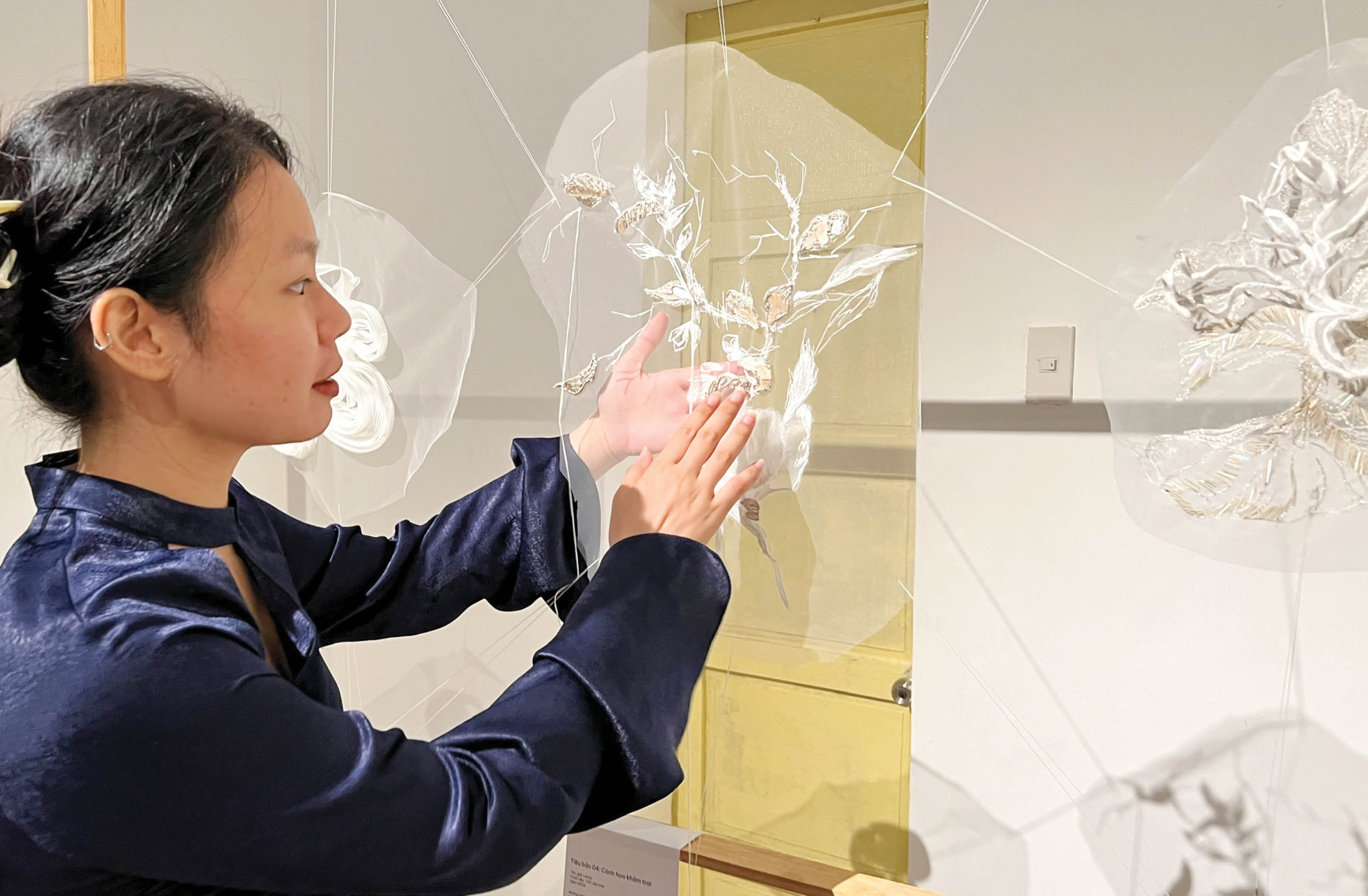
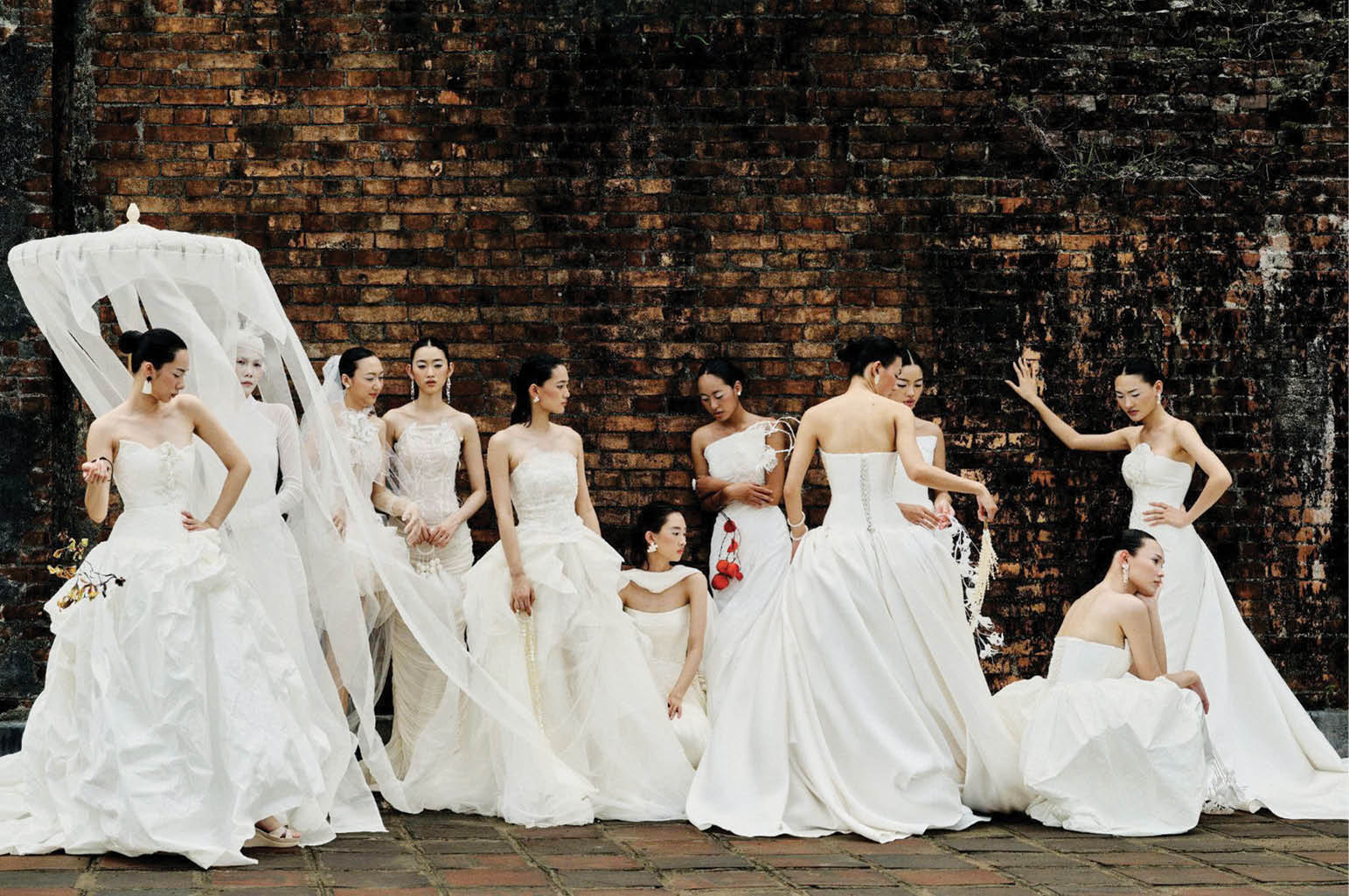



![[Photo] Cat Ba - Green island paradise](/_next/image?url=https%3A%2F%2Fvphoto.vietnam.vn%2Fthumb%2F1200x675%2Fvietnam%2Fresource%2FIMAGE%2F2025%2F12%2F04%2F1764821844074_ndo_br_1-dcbthienduongxanh638-jpg.webp&w=3840&q=75)

![[Photo] 60th Anniversary of the Founding of the Vietnam Association of Photographic Artists](/_next/image?url=https%3A%2F%2Fvphoto.vietnam.vn%2Fthumb%2F1200x675%2Fvietnam%2Fresource%2FIMAGE%2F2025%2F12%2F05%2F1764935864512_a1-bnd-0841-9740-jpg.webp&w=3840&q=75)


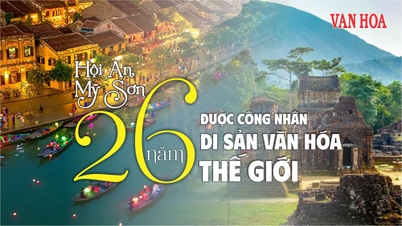

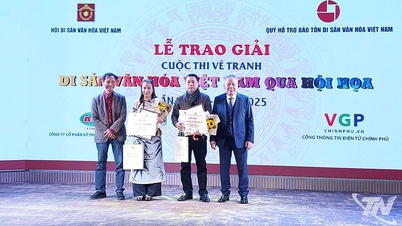





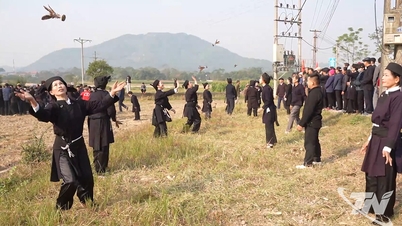
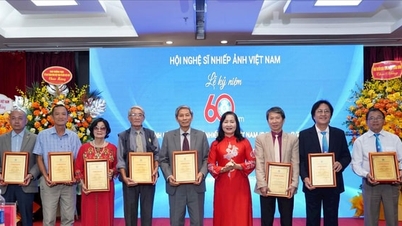

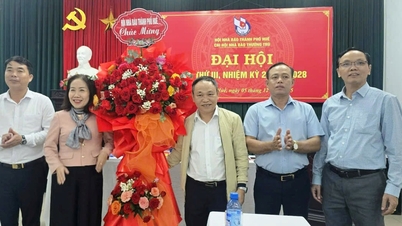
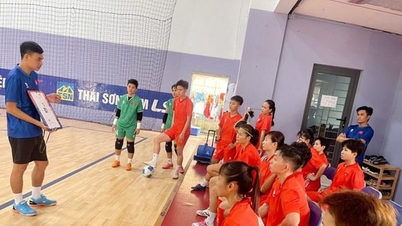
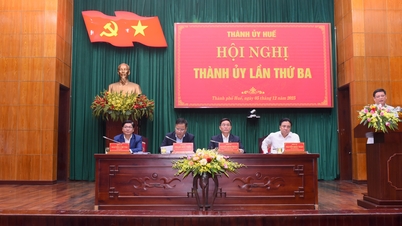


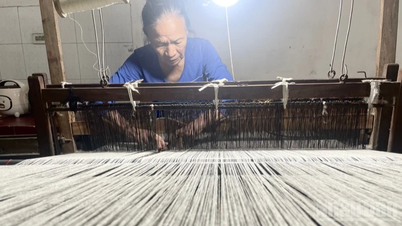





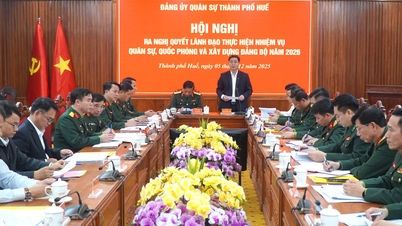
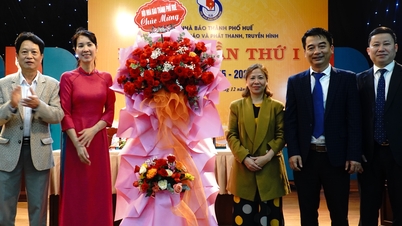
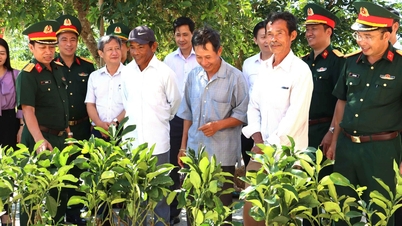
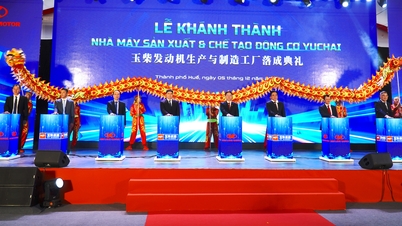
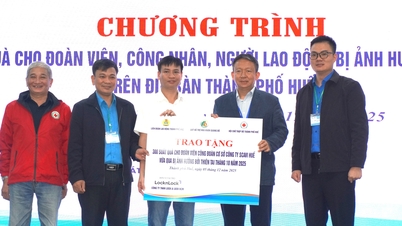
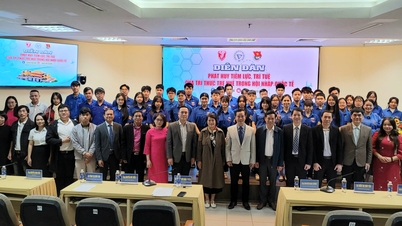

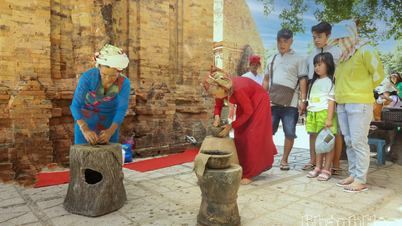

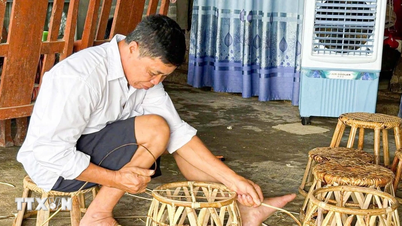

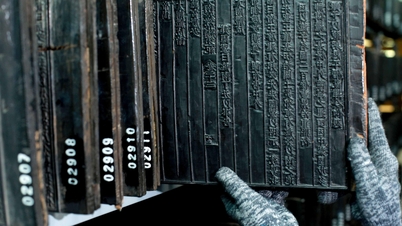






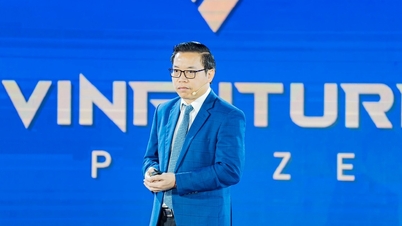

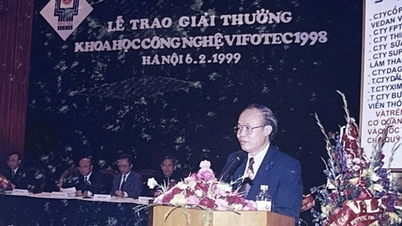

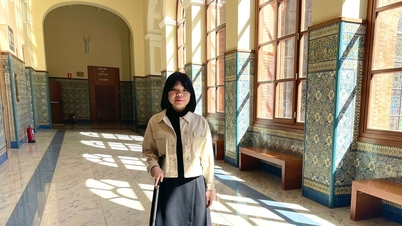

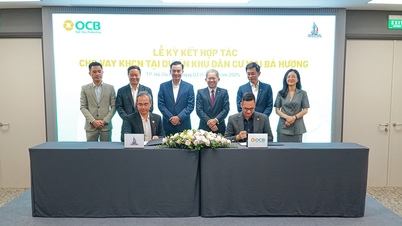
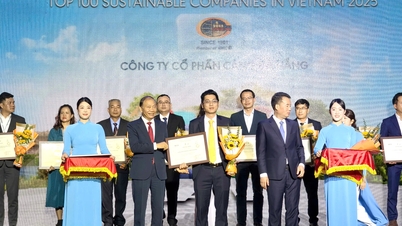
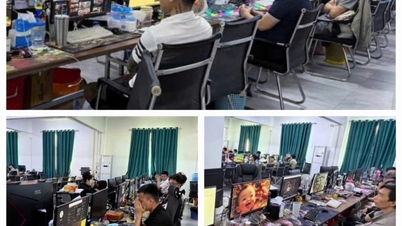
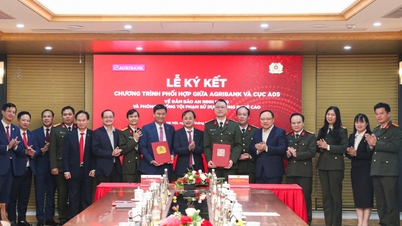

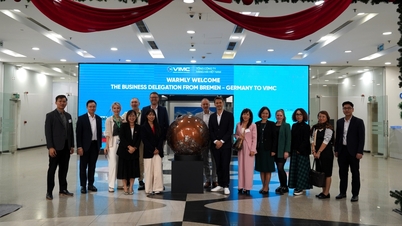
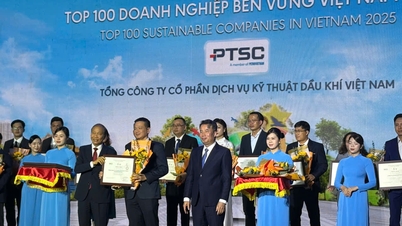







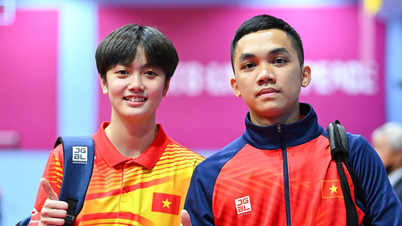





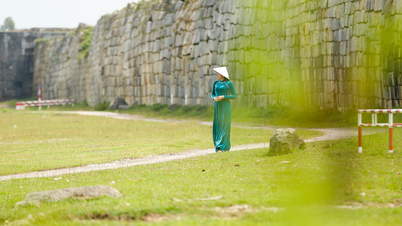
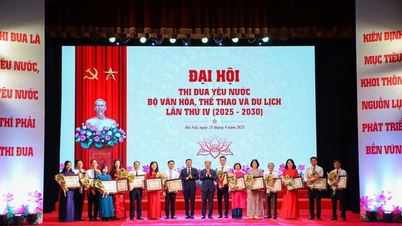

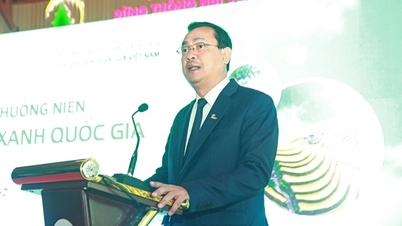
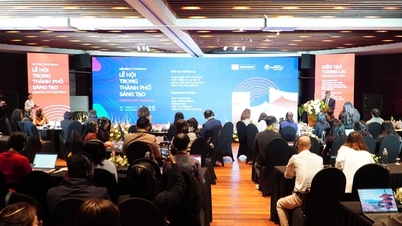
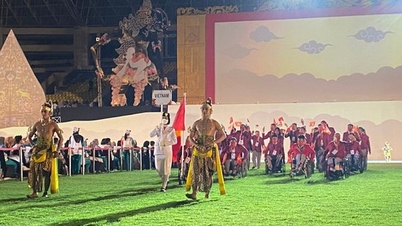
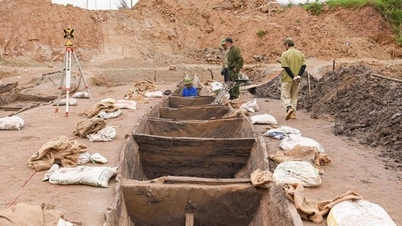




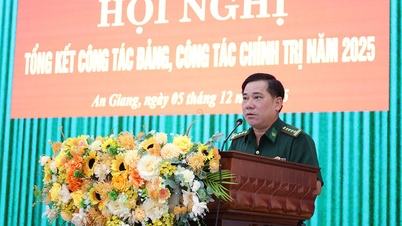

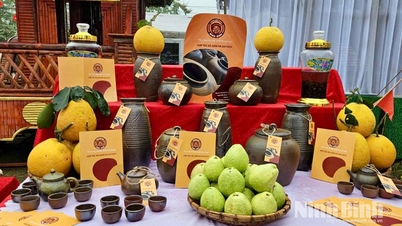



















Comment (0)